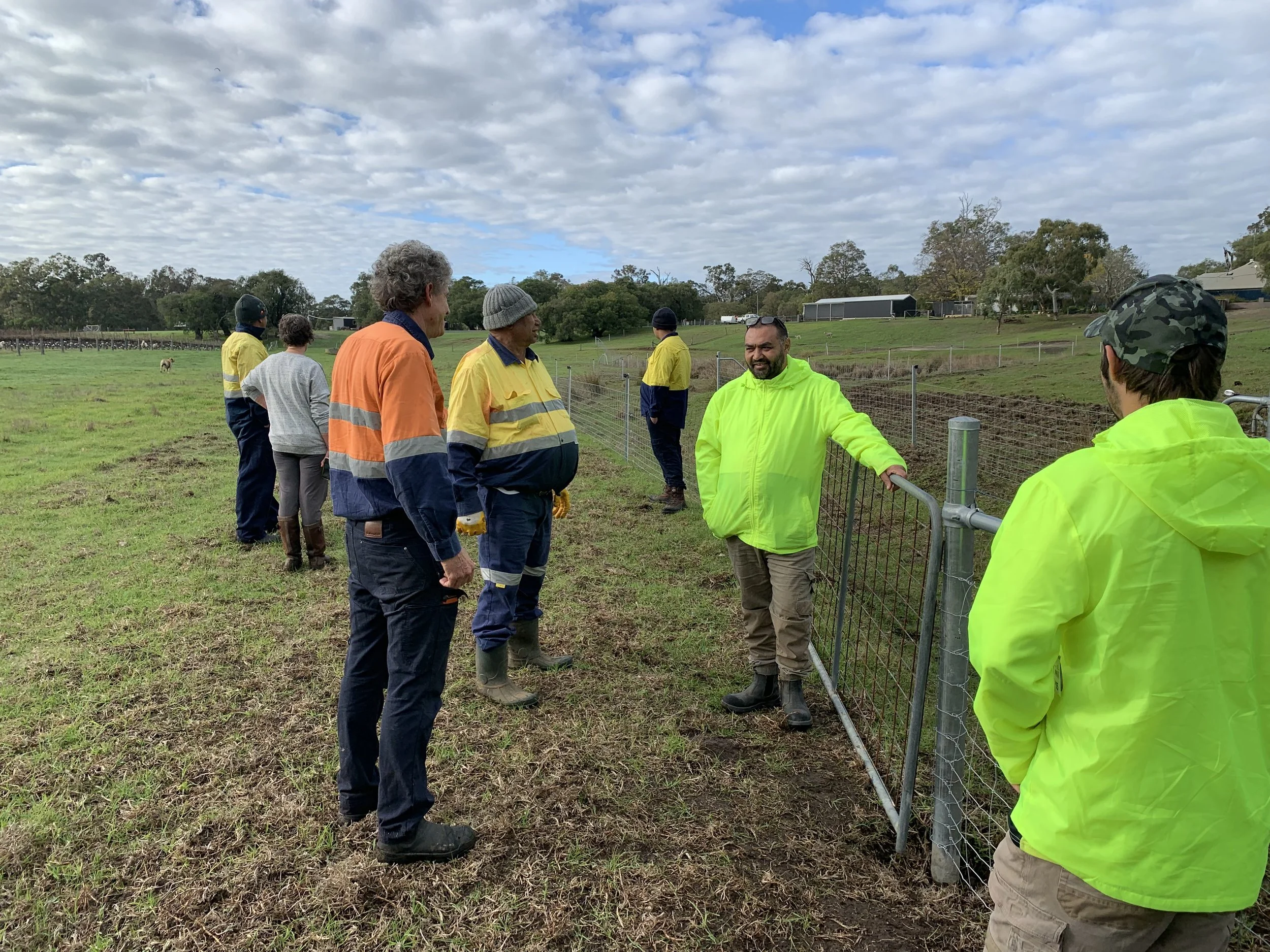
Regional Estuaries Initiative
The stunning Leschenault Estuary is highly valued by our community for its natural vistas; fishing, crabbing, and other recreational pursuits, as well as being ecologically significant, home to dolphins, and an important migratory route for many species of birds.
In recent times the estuary has shown signs of distress, with sedimentation, nuisance algae, harmful algal blooms and fish deaths. There is an urgent need to balance growing urbanisation and intensification of agriculture with the long-term health of the estuary.
The Regional Estuaries Initiative (REI) was launched in 2016 and was a $20 million state government program to improve the health of six South West estuaries: Peel-Harvey Estuary, Leschenault Estuary, Vasse-Wonnerup Estuary, Hardy Inlet, Wilson Inlet and Oyster Harbour. This program was made possible with funding from Royalties for Regions and was led by the Department of Water and Environmental Regulation (DWER) working with many partners including catchment groups.
Over the four years of the initiative DWER forged relationships with enthusiastic, knowledgeable partners across south-west WA, increased scientific understanding of our estuaries and catchments, and implemented real-world, on-ground actions to improve water quality.
What started as an ambitious concept to address declining health of our rivers and estuaries, grew and flourished. Through the entire initiative, soil testing was undertaken in more than 8,400 paddocks, water quality was monitored at more than 150 estuary and catchment sites, and more than 44 workshops were held. Other achievements included the design and construction of a wetland, trial of new and innovative soil remediation products and engaging with local communities to pay attention to their impact on the environment.
As part of this large-scale program, the Leschenault Catchment Council successfully delivered REI projects within the Brunswick, Preston and Lower Collie River sub-catchments. The initiative funded a range of on-ground works including soil and water testing, farm effluent management upgrades, fencing, revegetation and drainage, as well as new science and modelling, building regional capacity and programs to reduce fertiliser use in urban areas.
We worked with 20 landholders to deliver 40km of fencing and 25ha of revegetation along local waterways draining into the Leschenault Estuary. Nearly all of the planting work was delivered in partnership with a local, Collie-based aboriginal enterprise, Indigenous Workabout. This was made possible through Leschenault Catchment Council’s ‘Danju: Jobs Together’ project.
The Leschenault Catchment Council sees great value in working collaboratively with Noongar people as the Traditional Custodians of the land who hold strong connections to the land we work on; and see the benefits gained from incorporating local traditional knowledge. The opportunities provided by the REI for fencing and revegetation work not only increased environmental values across the catchment but also allowed the Danju team to gain on-ground experience, solidify a skill-set in waterway restoration activities, and to establish positive professional and personal relationships.
The Leschenault Catchment Council are pleased to continue our involvement through Healthy Estuaries WA, a program building on the important work undertaken by the Regional Estuaries Initiative. Healthy Estuaries WA is a State Government Royalties for Regions program that aims to improve the health of our South West estuaries. To find out more visit https://estuaries.dwer.wa.gov.au/




